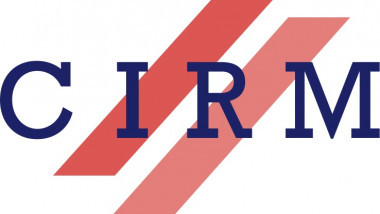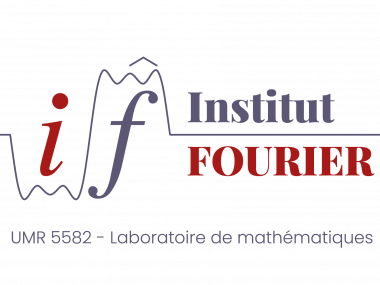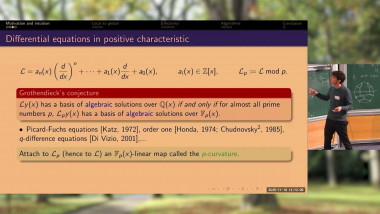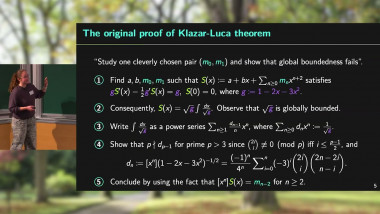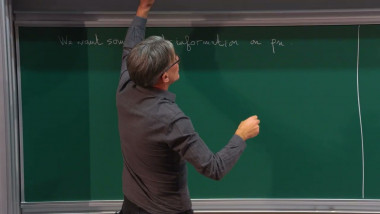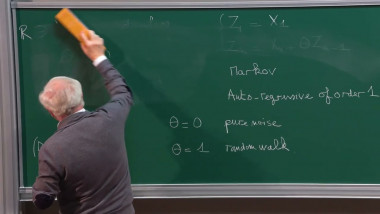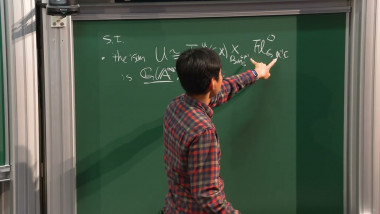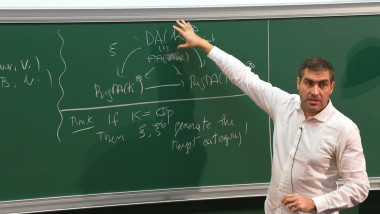The Wronskians over Multidimension and Homotopy Lie Algebras
The Wronskian determinant of $N$ functions in one variable $x$ helps us verify that they are linearly independent on an interval $(a, b)$ in ${\mathbb R}$. Can we have an equally convenient procedure over multidimensional spaces ${\mathbb R}^d$ with Cartesian coordinates $x, y, z, . . .$ ? Yes we can; let us study the definition of Wronskians for functions in many variables, and let us explore which differential-algebraic identities these structures satisfy. To see why the Wronskian determinants actually do satisfy a set of quadratic, Jacobi-type identities, we observe first that the Wronskian of size $2 \times 2$ results from commutation of vector fields on the real line ${\mathbb R}$. From differential geometry we know that vector fields are differential operators of strict order $p = 1$. By taking the alternated composition of $N = 2p$ differential operators of strict order $p > 0$ on the affine line, we obtain the operator of same order $p$ with the Wronskian determinant for coefficient. As we had the Jacobi identity for the Lie algebra of vector fields, so we establish the (table of) quadratic, Jacobi-type identities for higher-order Wronskians of $N > 1$ arguments. (In string theory, these identities govern homotopy deformations of Lie algebras, here of vector fields.) We prove that the new Wronskians over multidimensional base with $d$ coordinates $x, y, z,. . .$ do satisfy the (table of) identities for strongly homotopy Lie algebras. The problem is to understand how fast the dimension grows under iterated $N$-ary brackets. We spot a countable chain of finite-dimensional homotopy Lie algebras that generalize the vector field realization of $sl(2)$ on ${\mathbb R}$; we explicitly calculate all the structure constants. Yet the four-dimensional analogue of $sl(2)$ over the plane ${\mathbb R}^2$ with Cartesian coordinates $(x, y)$, now with ternary bracket from the Wronskian, is so far the only known finite-dimensional homotopy Lie algebra of this type over base dimension $> 1$. The hunt is on; we conclude that Lie algebra $sl(2)$ is the prototype not only for semisimple complex Lie algebras encoded by root systems but also for countably many $N$-ary homotopy Lie algebras.





